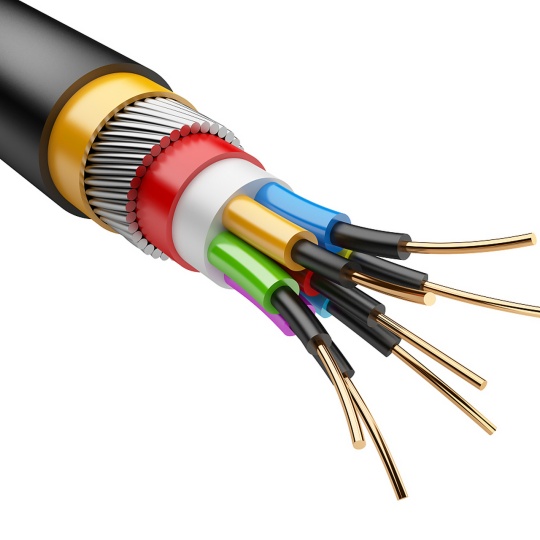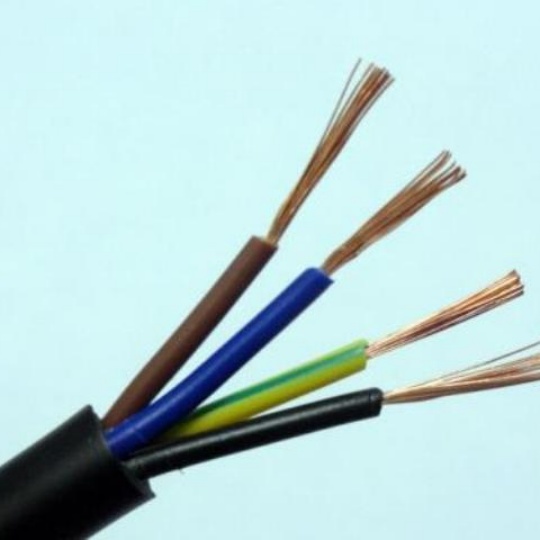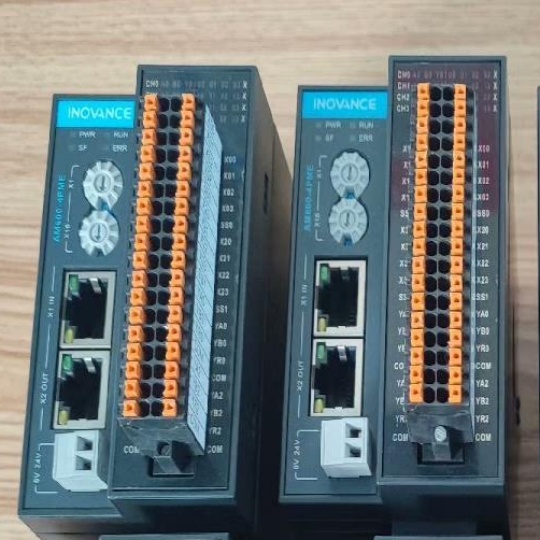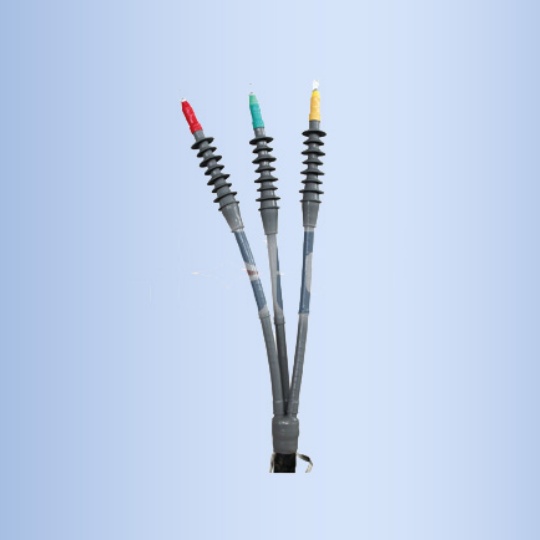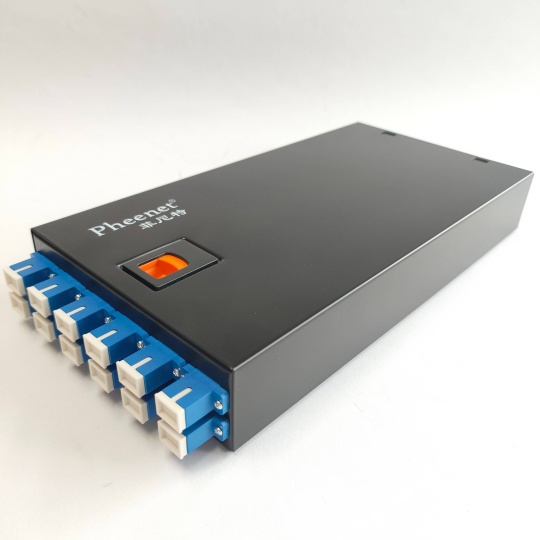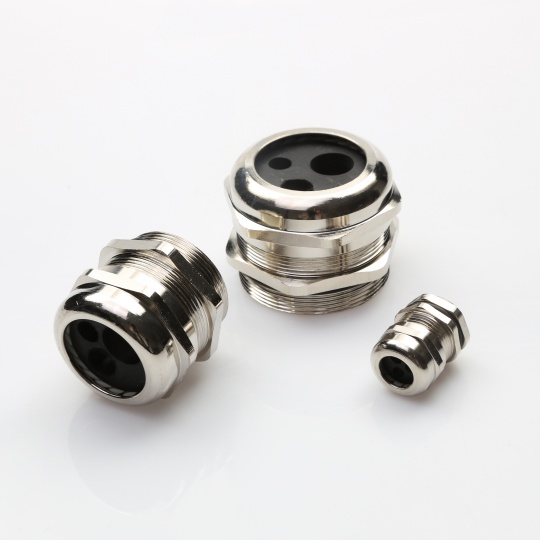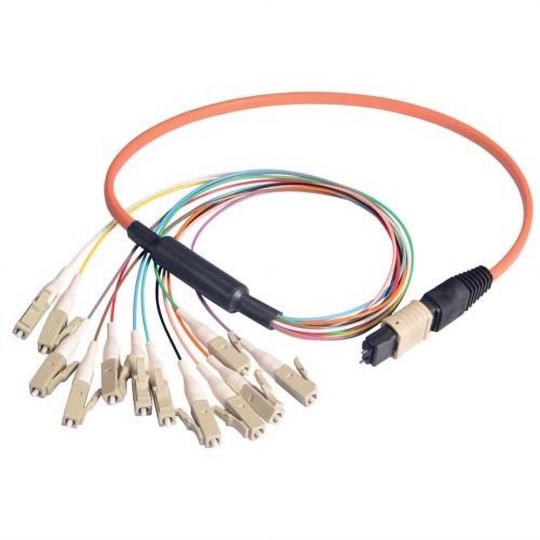Fire-Resistant Coaxial Cable for Building Safety
In modern buildings, electrical systems are the lifeblood, and coaxial cables play a crucial role in transmitting data and signals. However, in the event of a fire, standard coaxial cables can become a significant hazard, spreading flames and releasing toxic fumes. Fire-resistant coaxial cables are designed to mitigate these risks, ensuring building safety and protecting lives and property.
Understanding Fire-Resistant Coaxial Cables
Fire-resistant coaxial cables are engineered with specialized materials and construction techniques to withstand high temperatures and prevent the spread of fire. These cables typically feature a fire-retardant outer jacket, a heat-resistant insulation layer, and a braided shield to protect against electromagnetic interference (EMI). Some fire-resistant coaxial cables are also designed to maintain functionality during a fire, allowing critical systems such as fire alarms, security cameras, and emergency lighting to continue operating.
Types of Fire-Resistant Coaxial Cables
There are several types of fire-resistant coaxial cables available, each with its own unique features and applications. Some of the most common types include:
- Plenum-rated coaxial cables: These cables are designed for use in air-handling spaces, such as ceilings and plenums, where fire safety is of utmost importance. Plenum-rated coaxial cables are made with low-smoke, zero-halogen (LSZH) materials that produce minimal smoke and toxic fumes when burned.
- Riser-rated coaxial cables: Riser-rated coaxial cables are suitable for use in vertical runs, such as stairwells and elevator shafts. These cables are designed to prevent the spread of fire from one floor to another and are typically made with fire-retardant materials.
- Fire-rated coaxial cables: Fire-rated coaxial cables are the most fire-resistant type of coaxial cable. These cables are designed to withstand high temperatures for an extended period of time and are often used in critical applications, such as data centers and hospitals.
Choosing the Right Fire-Resistant Coaxial Cable
When choosing a fire-resistant coaxial cable for your building, it’s important to consider several factors, including:
- Application: Determine the specific application for the cable, such as data transmission, video surveillance, or audio distribution. This will help you choose the right type of cable with the appropriate performance characteristics.
- Fire rating: Select a cable with a fire rating that meets or exceeds the requirements of your building’s fire safety code. The fire rating of a cable indicates its ability to withstand fire and prevent the spread of flames.
- Environmental conditions: Consider the environmental conditions where the cable will be installed, such as temperature, humidity, and exposure to chemicals. Choose a cable that is designed to withstand these conditions and provide reliable performance.
- Budget: Fire-resistant coaxial cables can vary in price depending on their type, performance, and fire rating. Set a budget and choose a cable that offers the best value for your money without compromising on safety or performance.
Installing Fire-Resistant Coaxial Cables
Proper installation is essential to ensure the effectiveness of fire-resistant coaxial cables. Here are some tips for installing fire-resistant coaxial cables:
- Follow the manufacturer’s instructions: Read and follow the manufacturer’s installation instructions carefully to ensure proper installation and performance of the cable.
- Use the right tools and equipment: Use the appropriate tools and equipment for the installation, such as cable cutters, strippers, and crimpers. This will help ensure a clean and professional installation.
- Secure the cable properly: Secure the cable to prevent it from moving or shifting during installation. This will help prevent damage to the cable and ensure reliable performance.
- Test the cable: After installation, test the cable to ensure it is functioning properly. This will help identify any potential issues and ensure the cable is providing the necessary performance and protection.
Maintaining Fire-Resistant Coaxial Cables
Regular maintenance is essential to ensure the continued performance and reliability of fire-resistant coaxial cables. Here are some tips for maintaining fire-resistant coaxial cables:
- Inspect the cable regularly: Inspect the cable for signs of damage, such as cuts, abrasions, or fraying. If any damage is found, replace the cable immediately.
- Clean the cable: Clean the cable regularly to remove dirt, dust, and debris. This will help prevent the buildup of contaminants that can affect the performance of the cable.
- Check the connections: Check the connections regularly to ensure they are secure and free of corrosion. If any connections are loose or corroded, tighten or replace them as needed.
- Test the cable periodically: Test the cable periodically to ensure it is still functioning properly. This will help identify any potential issues and ensure the cable is providing the necessary performance and protection.
In conclusion, fire-resistant coaxial cables are an essential component of building safety. By understanding the different types of fire-resistant coaxial cables, choosing the right cable for your application, installing the cable properly, and maintaining the cable regularly, you can ensure the safety and reliability of your building’s electrical systems.


